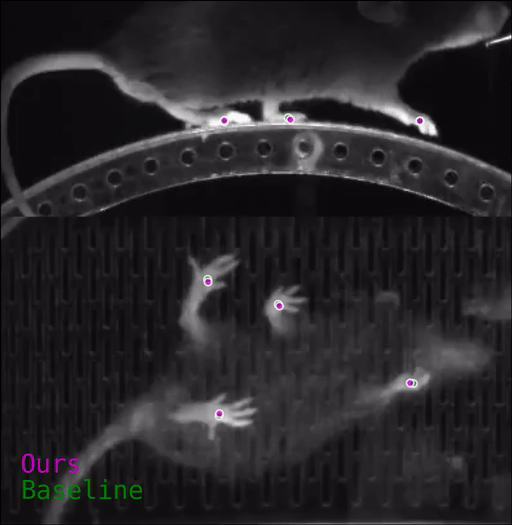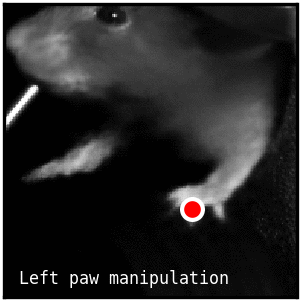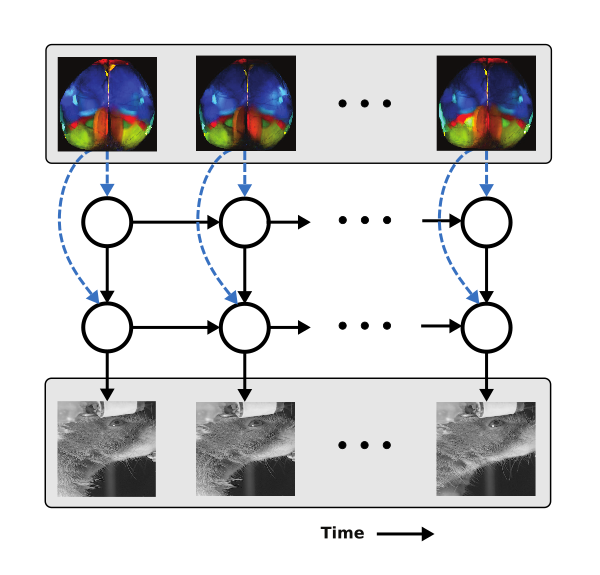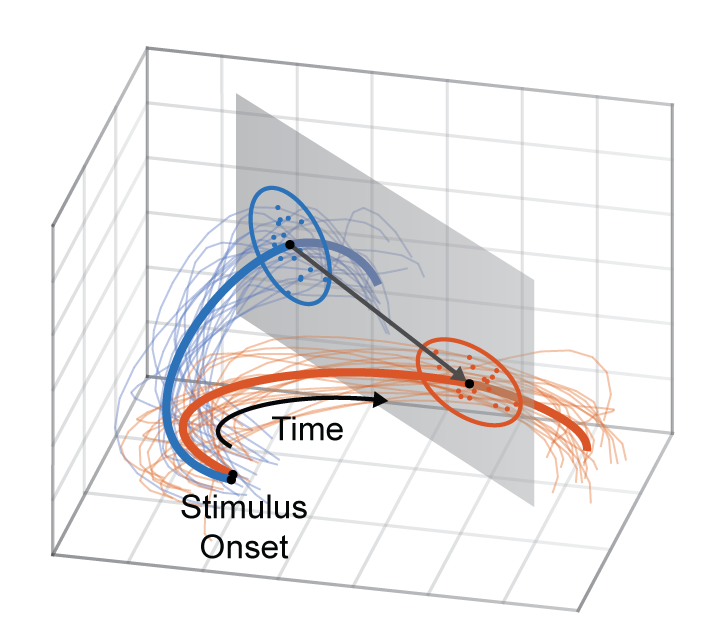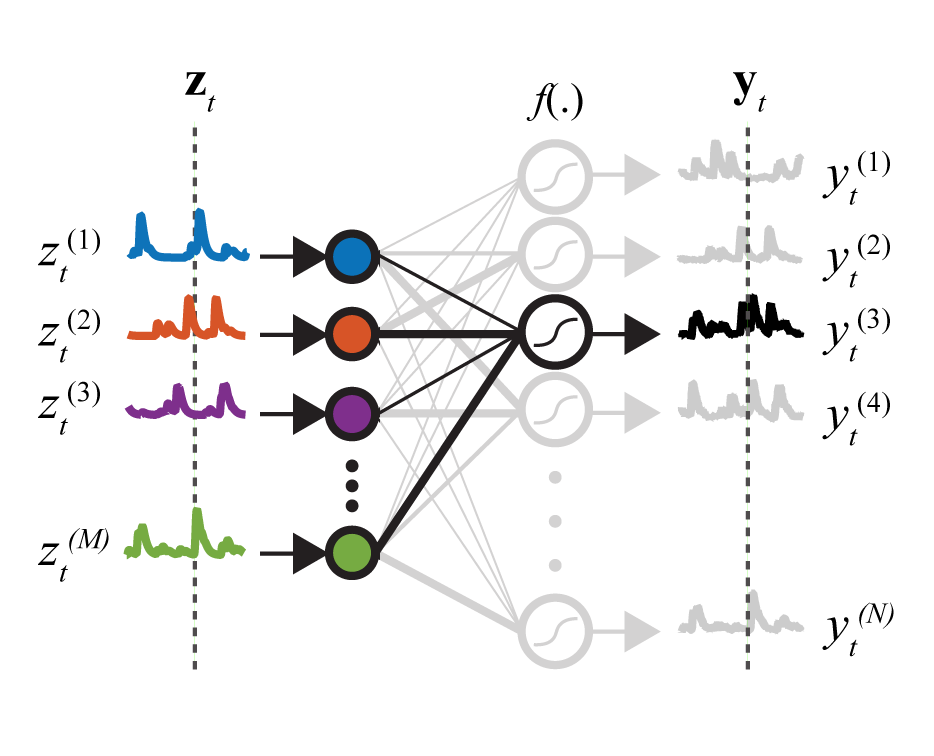Lightning Pose
Lightning Pose (LP) is an industry-grade pose estimation software package that utilizes unlabeled frames to train better models. LP uses unsupervised training objectives that penalize the network whenever its predictions violate a variety of spatiotemporal constraints. It also uses a new network architecture that predicts the pose for a given frame using temporal context from surrounding unlabeled frames. We provide a browser-based app for data labeling and model training and evaluation.
paper | code | app